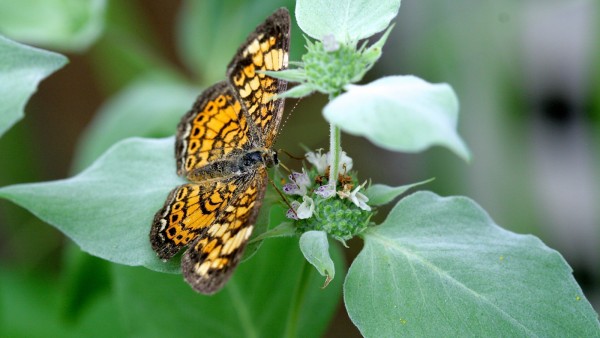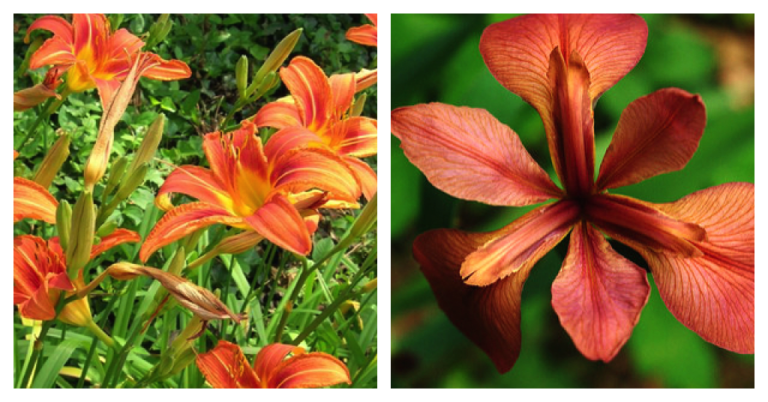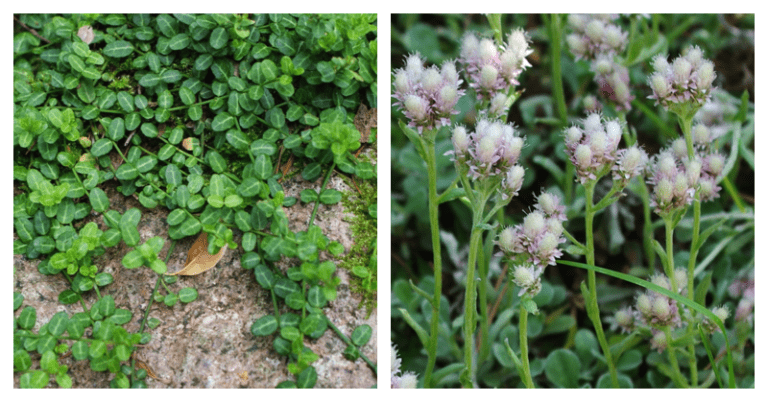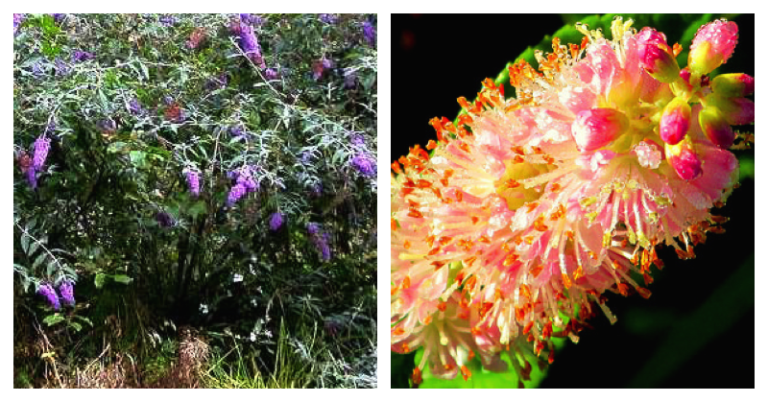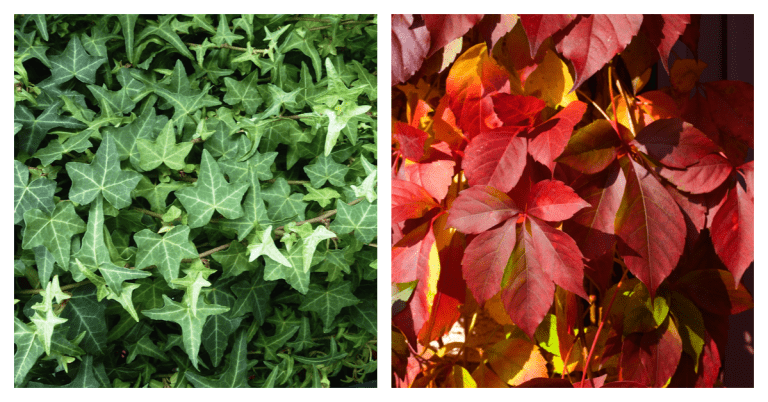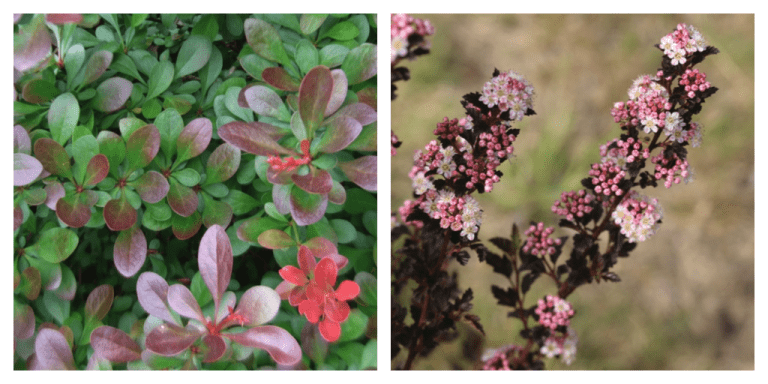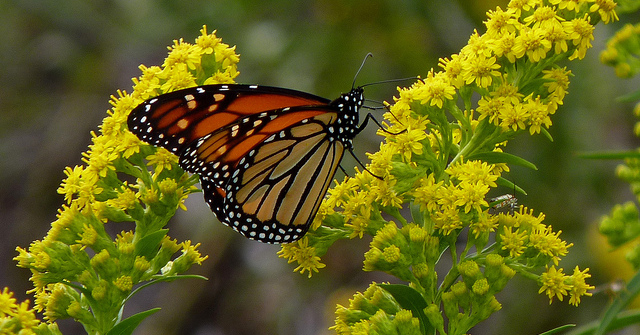Native Plants: Best Choice For Your Garden
When it comes to choosing plants for your yard, the choices can seem overwhelming. Every gardener, when they first began gardening in earnest, struggled to figure out what plants were the best plants for their gardens. The variables can appear to be endless: sun or shade; wet or dry; acidic or alkaline; short or tall;…

